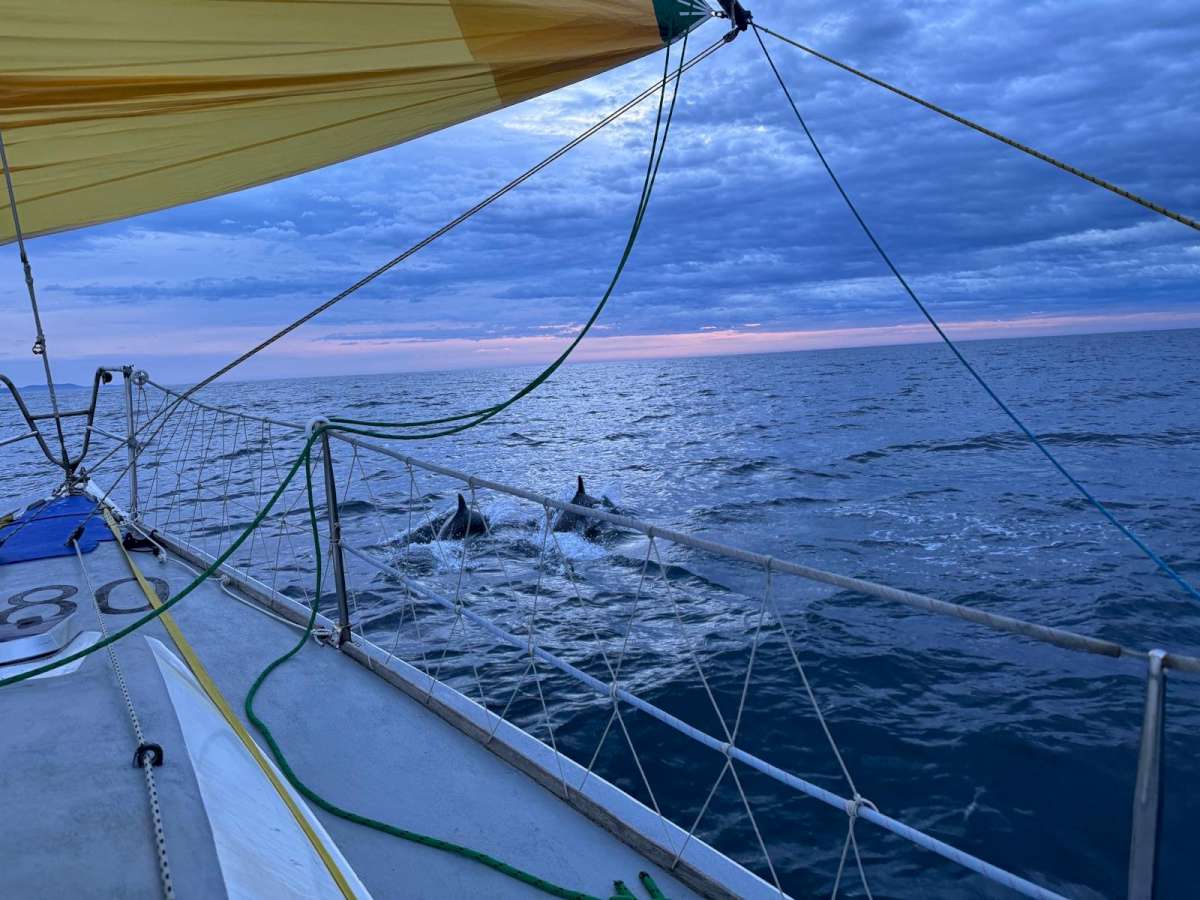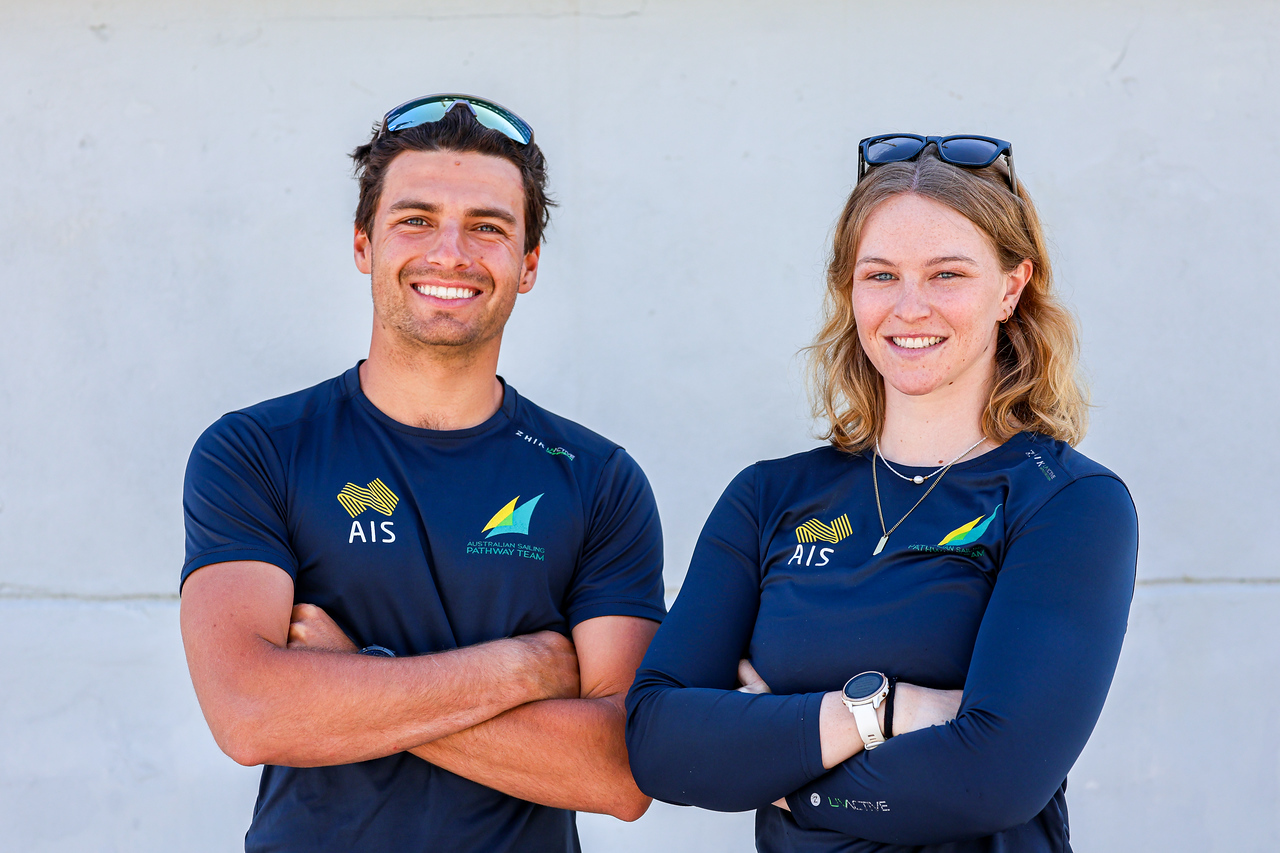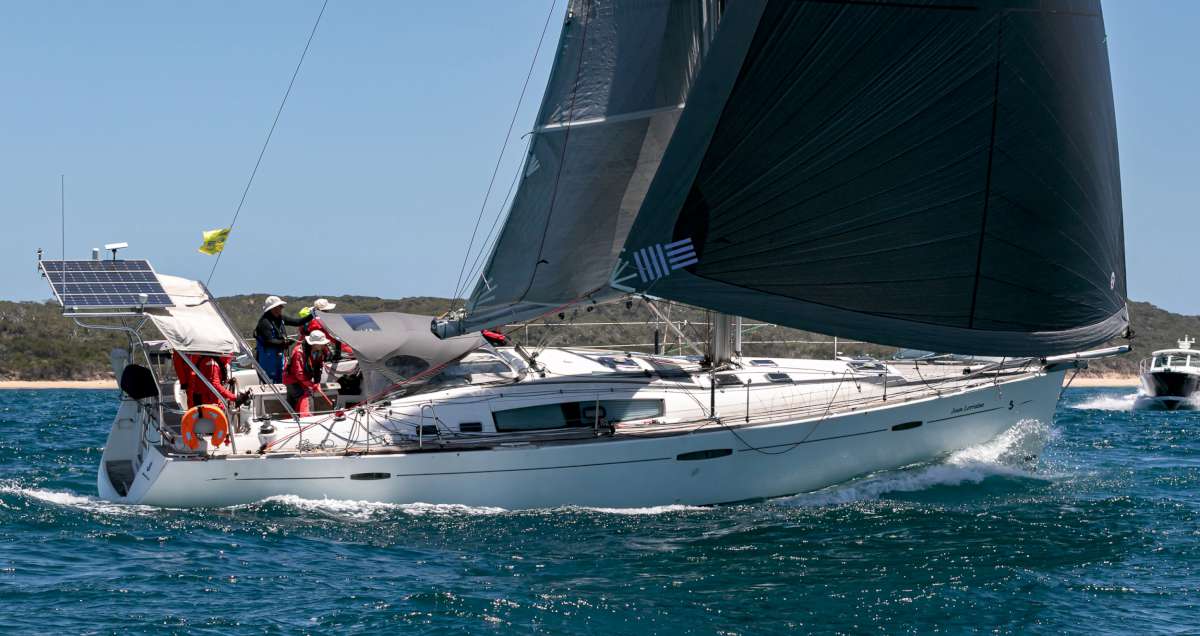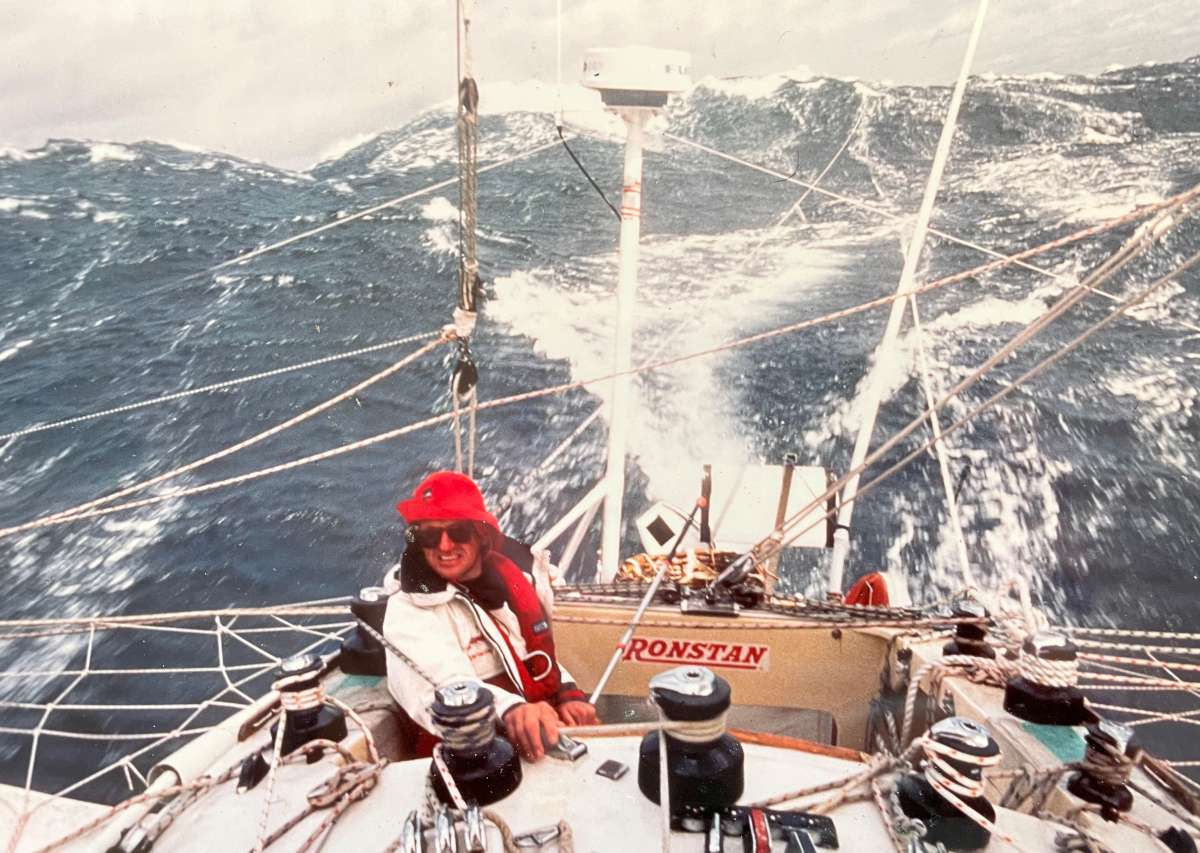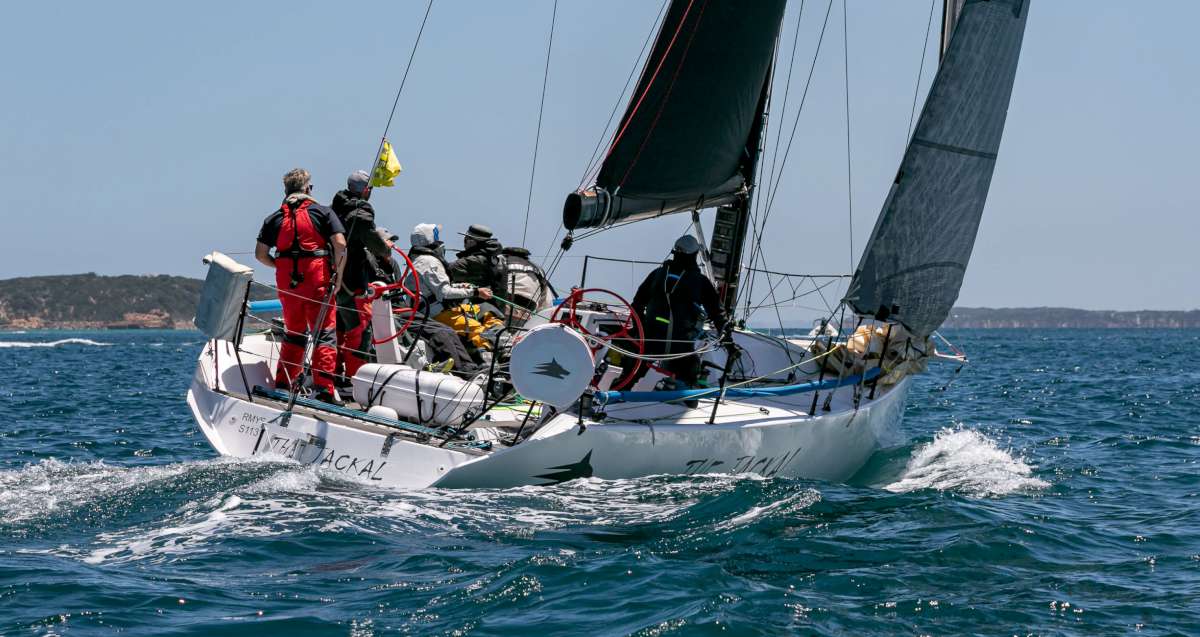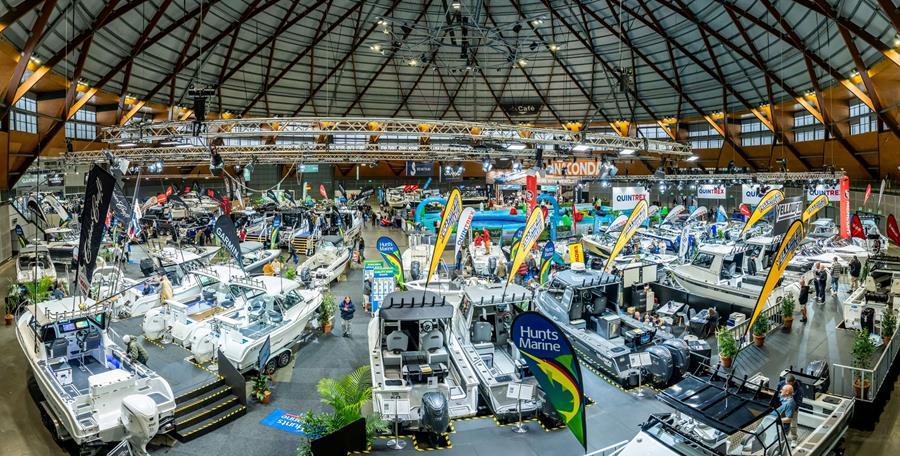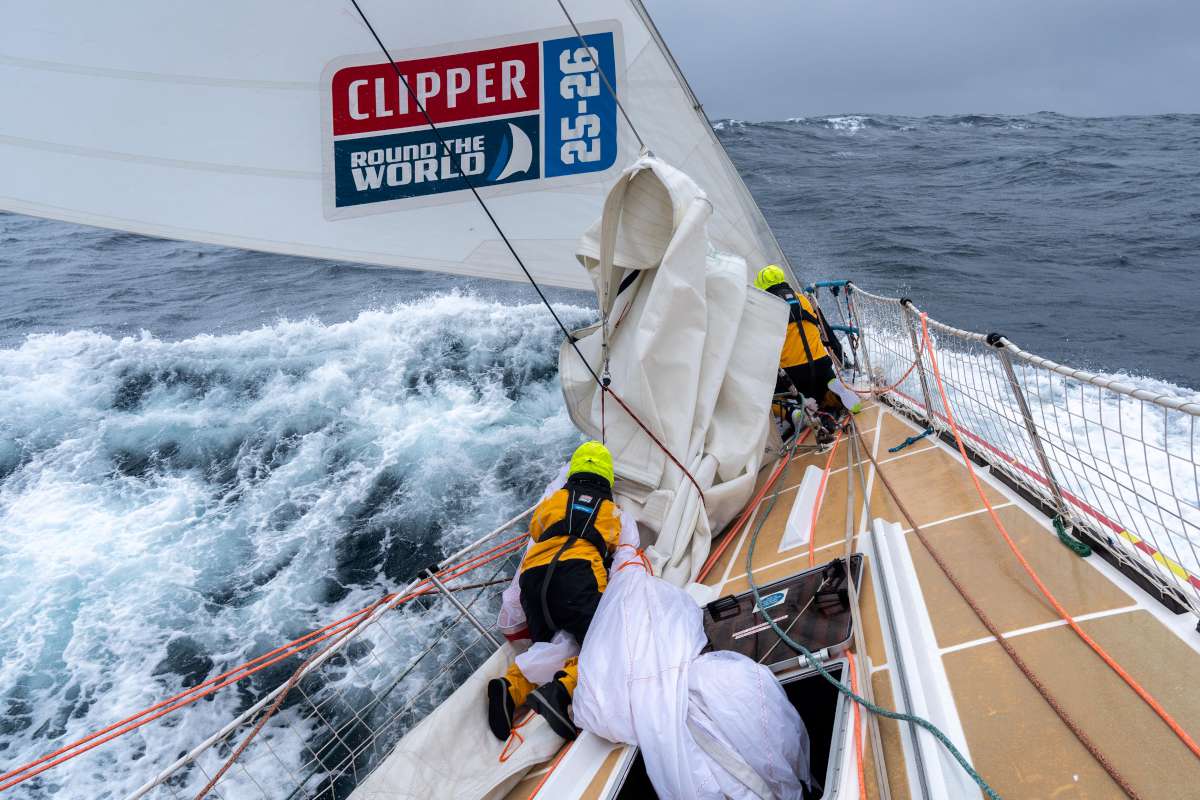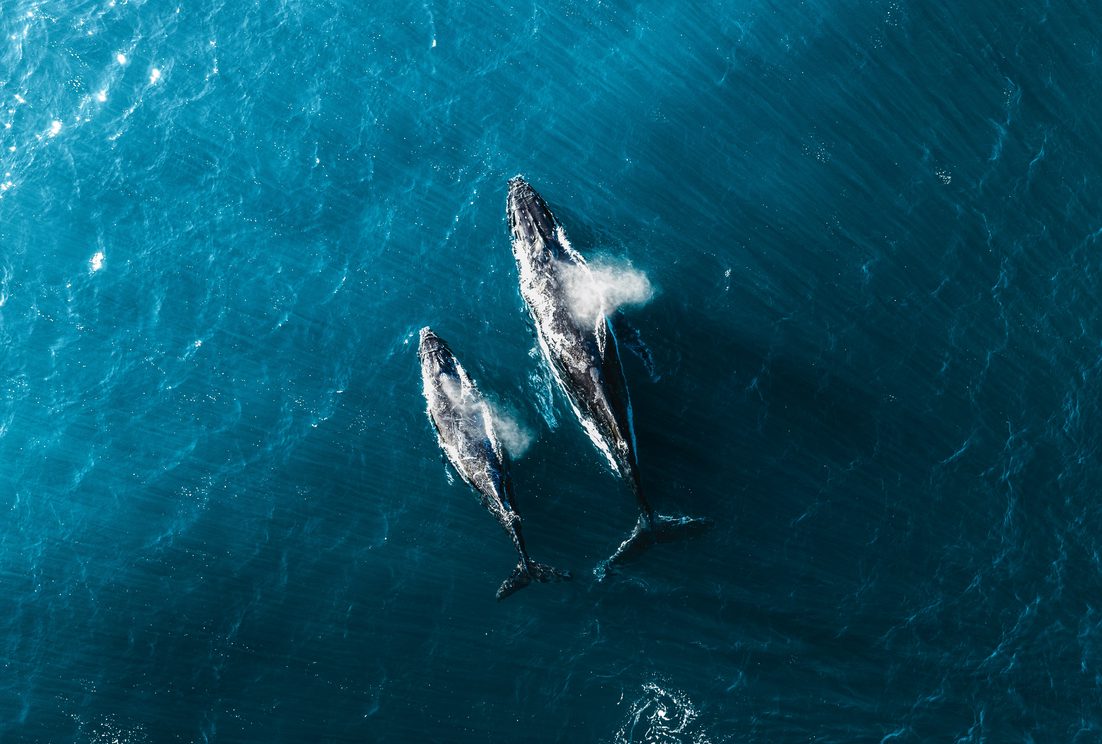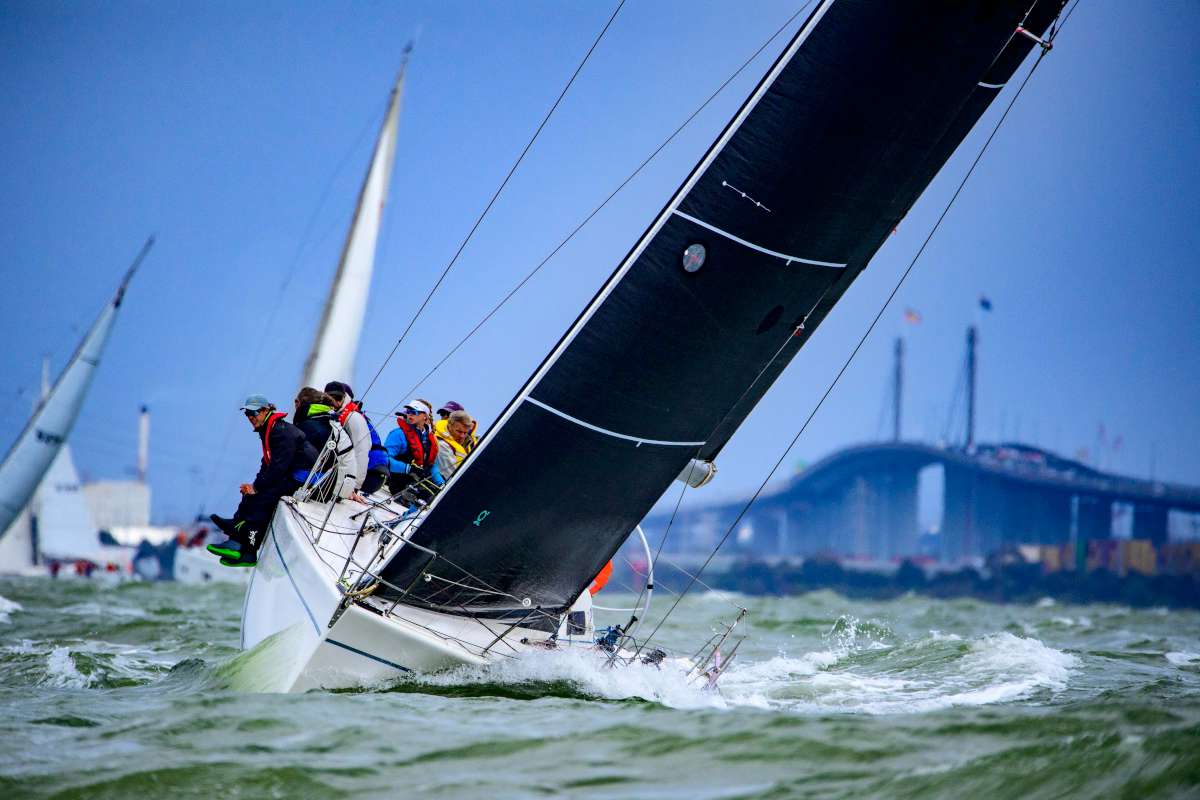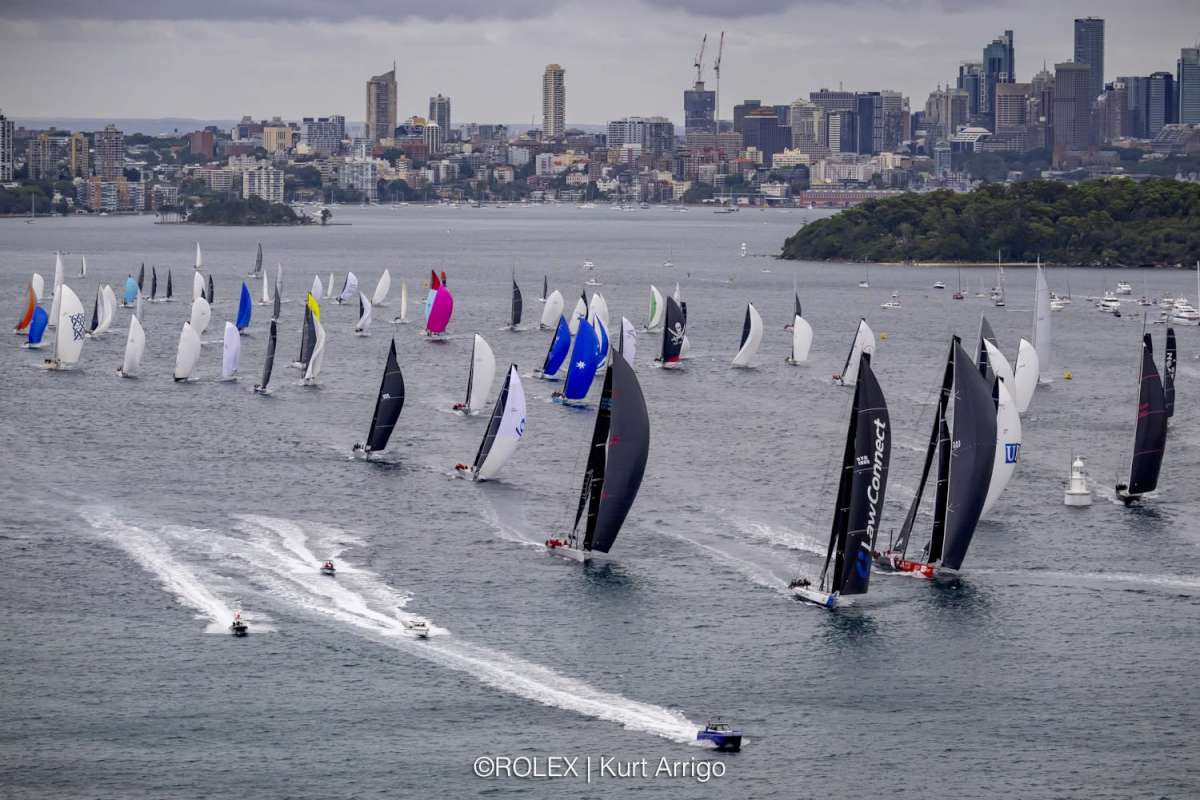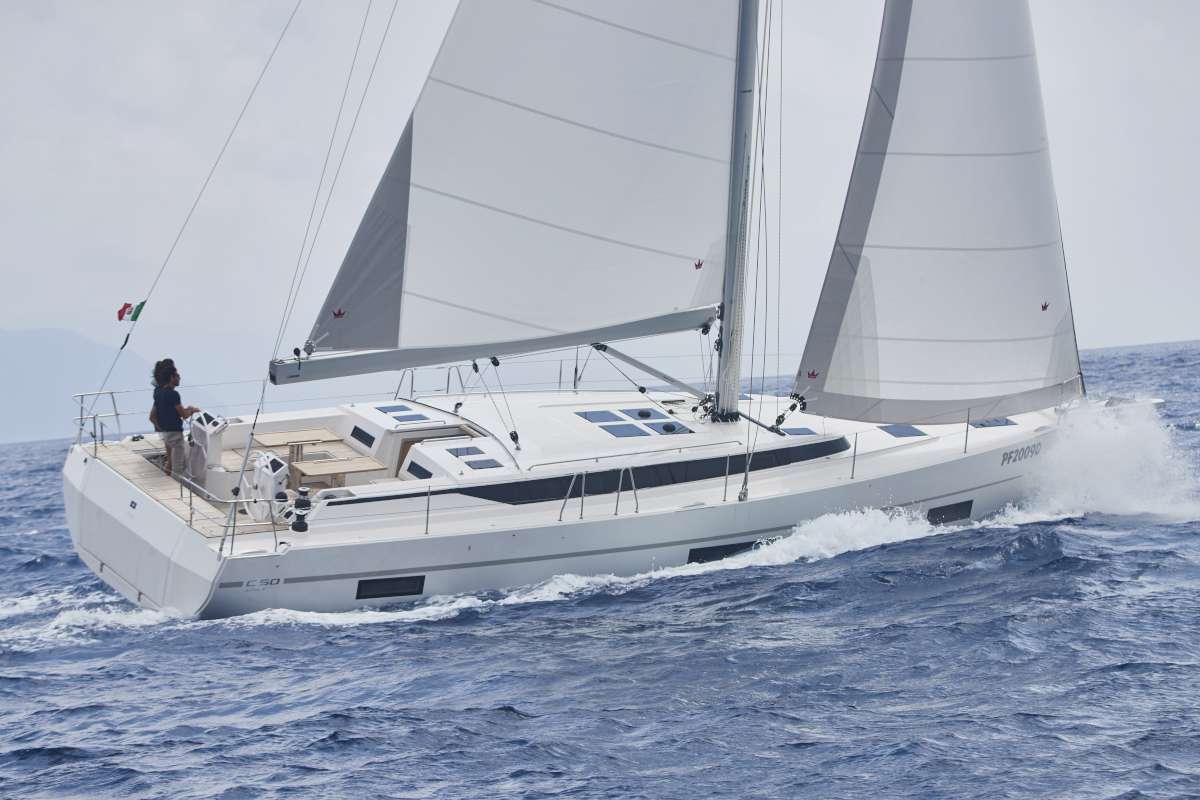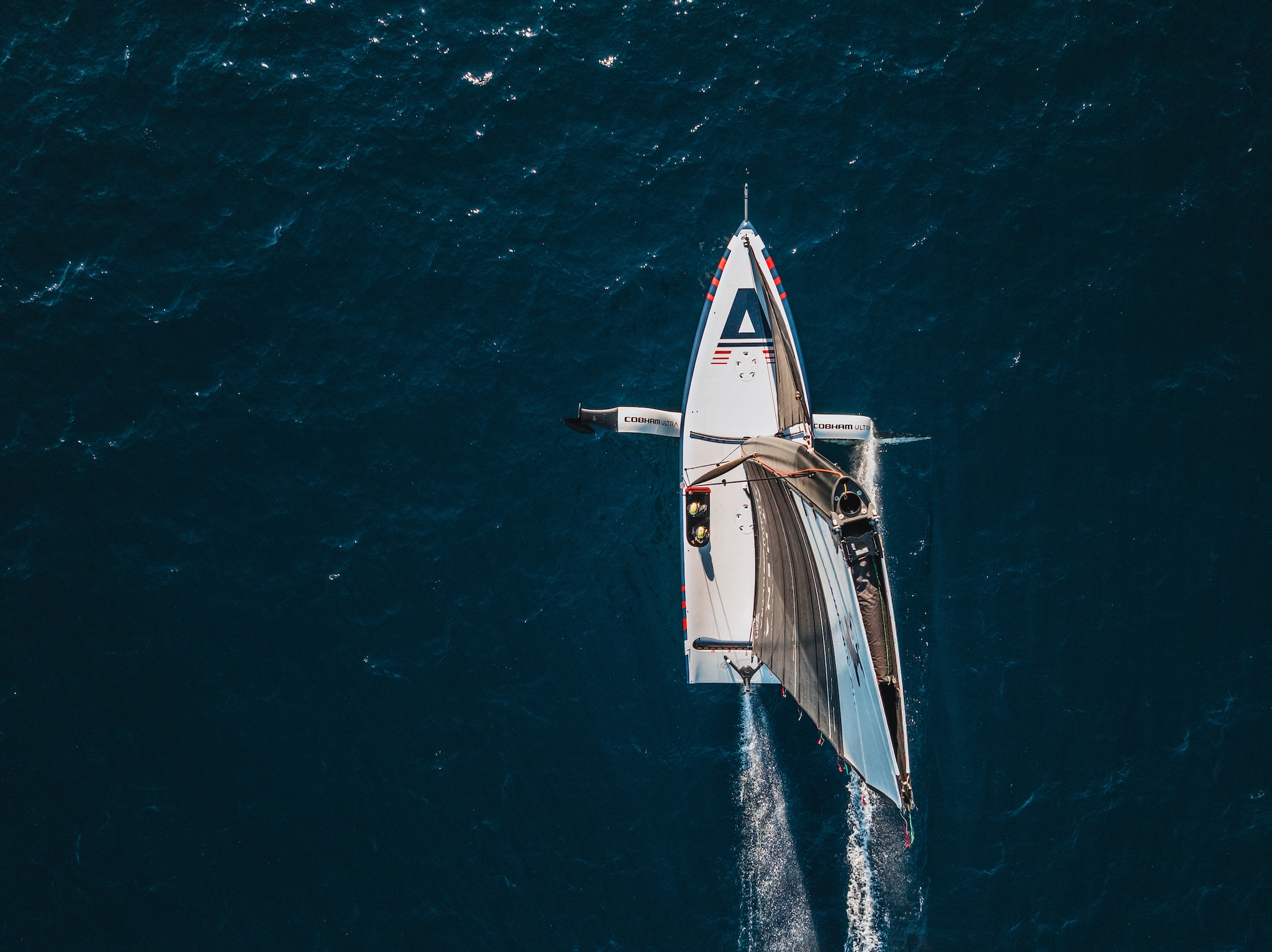The fleet is squeezing between the coast and an exclusion zone, keeping the racing tight…
The five IMOCAs in The Ocean Race fleet are short tacking up the coast of Brazil, squeezed between the land to the west and an exclusion zone to the east.
With the wind coming from the north-northeast, which is the desired direction to sail towards, it means a lot of tacking and close quarters manoeuvering.
The racing remains close. Team Holcim-PRB and 11th Hour Racing Team nearly appear as one boat on the tracker, separated by less than half a mile. Biotherm and Team Malizia are about 10 miles back and GUYOT environnement-Team Europe a futher 15 miles behind.
“I think we’re going to go inside the exclusion zone,” said Alan Roberts on Biotherm as the teams were considering their options before needing to make that decision this morning. “There’s a big left hand shift coming, and we’re expecting a bit of a back-eddy of current at the moment so there’s a bit of a tidal gain. And it looks like the whole fleet will pass inside so it will be the low risk option.”
“We have about two more days to go of upwind sailing up the coast,” said Christopher Pratt on Team Malizia. “There’s going to be a lot of work to do. And then maybe, it looks like good sailing ahead, reaching along the Brazilian coast. But it’s long upwind ahead first… a lot of manoeuvers, a lot of tacks.”
The clouds have still played a role in giving very localised winds to the teams. While Malizia was lamenting losing out to 11th Hour Racing Team and Holcim-PRB, not surprisingly the leaders were happy with the result.
“Overnight we finally got a good cloud and we sailed around everybody,” said 11th Hour Racing Team skipper Charlie Enright, with a smile.
With the full fleet compressed between the exclusion zone and the coast, boat handling and local weather will be difference-makers over the next day.
This exclusion zone is one of several on Leg 4 up to Newport. Race Director Phil Lawrence says the exclusion zones fall into four broad categories:
— Areas with high levels of hazards or marine traffic – the oilfields off the coast of Brazil fall into this category and are where the fleet is now;
— Areas with high levels of protected marine life – just to north of current positions on this leg, the whale breeding grounds on the Abrolhos Bank off the coast of Brazil are an example of an area the boats will be routed around;
— Areas with specific hazards – later on this leg, the exclusion zone off the northeast coast of Brazil is in place to keep the boats away from debris that comes out of the Amazon River Delta;
— Designated shipping lanes where traffic can only travel in one direction – there is a zone like this on the approach to Rhode Island
In addition to reducing the risk to the fleet and to marine life, an exclusion zone may force tactical decisions. In this case, the entire fleet stayed inside the oilfields exclusion zone, taking the lower risk – but higher work rate – option of staying together.
There is about 100 miles of racing to the northeast before the playing field opens up again… and many tacks to go between now and then.
The latest positions are on the Race Tracker and the leaderboard is available here







